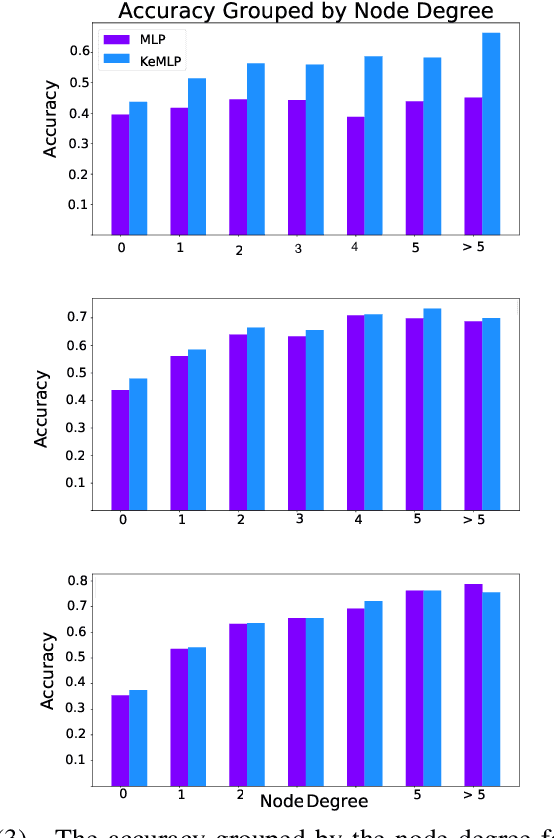Nabil Layaïda
LIG, TYREX
On Scaling Neurosymbolic Programming through Guided Logical Inference
Jan 30, 2025Abstract:Probabilistic neurosymbolic learning seeks to integrate neural networks with symbolic programming. Many state-of-the-art systems rely on a reduction to the Probabilistic Weighted Model Counting Problem (PWMC), which requires computing a Boolean formula called the logical provenance.However, PWMC is \\#P-hard, and the number of clauses in the logical provenance formula can grow exponentially, creating a major bottleneck that significantly limits the applicability of PNL solutions in practice.We propose a new approach centered around an exact algorithm DPNL, that enables bypassing the computation of the logical provenance.The DPNL approach relies on the principles of an oracle and a recursive DPLL-like decomposition in order to guide and speed up logical inference.Furthermore, we show that this approach can be adapted for approximate reasoning with $\epsilon$ or $(\epsilon, \delta)$ guarantees, called ApproxDPNL.Experiments show significant performance gains.DPNL enables scaling exact inference further, resulting in more accurate models.Further, ApproxDPNL shows potential for advancing the scalability of neurosymbolic programming by incorporating approximations even further, while simultaneously ensuring guarantees for the reasoning process.
Knowledge Enhanced Graph Neural Networks
Mar 27, 2023
Abstract:Graph data is omnipresent and has a large variety of applications such as natural science, social networks or semantic web. Though rich in information, graphs are often noisy and incomplete. Therefore, graph completion tasks such as node classification or link prediction have gained attention. On the one hand, neural methods such as graph neural networks have proven to be robust tools for learning rich representations of noisy graphs. On the other hand, symbolic methods enable exact reasoning on graphs. We propose KeGNN, a neuro-symbolic framework for learning on graph data that combines both paradigms and allows for the integration of prior knowledge into a graph neural network model. In essence, KeGNN consists of a graph neural network as a base on which knowledge enhancement layers are stacked with the objective of refining predictions with respect to prior knowledge. We instantiate KeGNN in conjunction with two standard graph neural networks: Graph Convolutional Networks and Graph Attention Networks, and evaluate KeGNN on multiple benchmark datasets for node classification.
 Add to Chrome
Add to Chrome Add to Firefox
Add to Firefox Add to Edge
Add to Edge